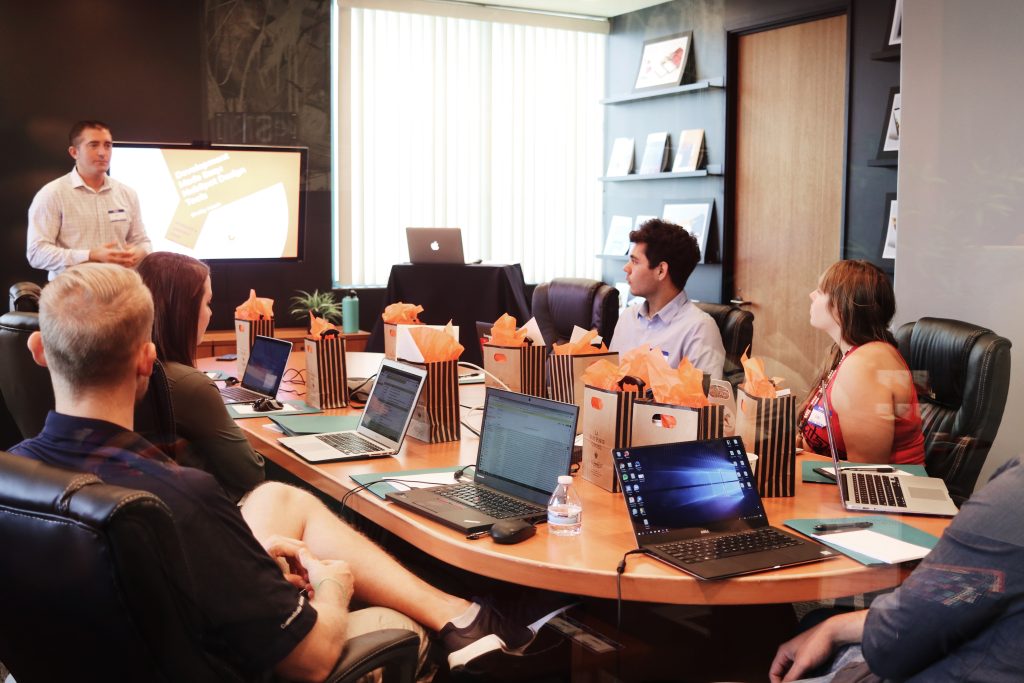As the economy cools, research from LinkedIn’s Global Talent Trends report has found that hiring rates across the 14 countries studied have decreased over the past year.
Yet despite this slower pace of growth, employees still wield power due to the tight labour market and are demanding more from their employers, with salary, flexibility and benefits continuing to be key concerns.
The advice from LinkedIn’s Chief Economist is for businesses and talent teams to look inward if they’re to weather the economic highs and lows and labour market volatility.
In particular, the report suggests it’s essential for businesses to listen to employees and understand their key drivers if they’re to maximise their retention strategies and hold onto their best people at a critical time.
Key drivers such as increased learning and development opportunities and access to clear internal career pathways.
Retention through development and advancement
Invest in employee growth
Employees want to keep learning and developing at work and demonstrating clear opportunities and pathways to advance within a company is shown to have a significant positive impact when comes to employee retention.
Irrespective of economic conditions, people want to work for organisations that value their development and that work towards increasing their future job prospects and financial success.
For these reasons, companies that invest in their team’s future employability through access to training and development programmes will reap the rewards.
In fact, research carried out by Culture Amp found that 54% of immediate retention is associated with the employee’s belief that their company contributes to their development.
Additionally, their report also found those who had access to the development opportunities they needed were 21% more engaged with their work and their company than those that weren’t, leading to increased employee retention.
Promote and value internal career pathways
Access to internal advancement also plays a key role in increasing retention rates as employees want to be able to picture their future within the company they work for an know there are opportunities available to keep moving throughout the business.
LinkedIn’s report found that employees with an internal move are 75% more likely to stay with their company after two years, compared to 56% of employees without an internal move.
Giving employees genuine ownership of and clarity around their career paths early on is an important way of generating buy in, boosting their engagement and increasing retention rates.
The earlier companies can start the conversations with their teams around their learning, growth and ultimately, their internal career development the better as the longer it’s left, the more likely ambitious employees will start to look elsewhere for better opportunities.
Building and nurturing an internal talent pipeline and focusing on developing key competencies within existing teams means that when new roles open up across the business, there’s an already engaged talent pool ready to tap into.
If employees can see that their business is focusing inward when it comes to their hiring and their growth, they’ll see clearly the opportunities and pathways that are available to them.

